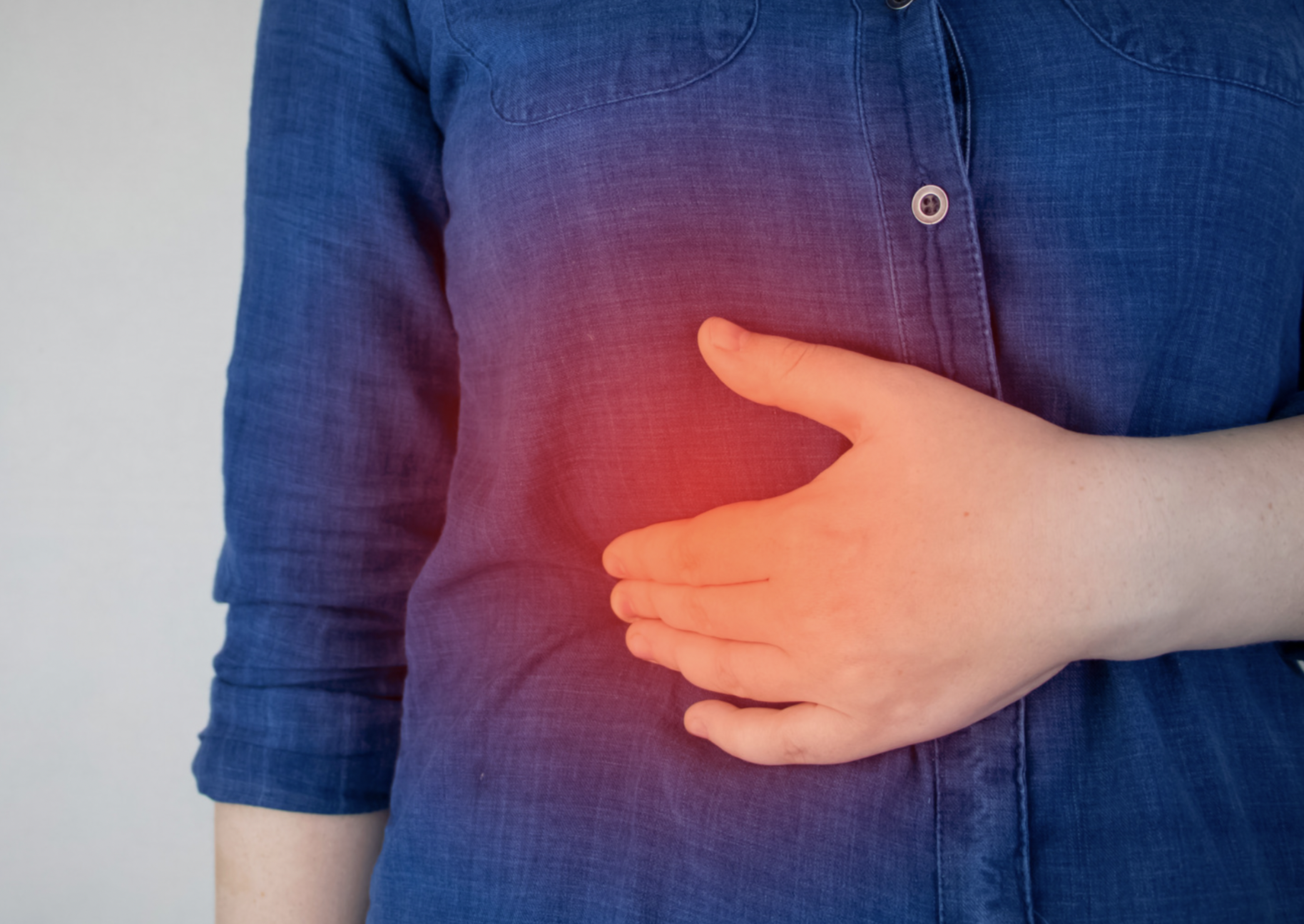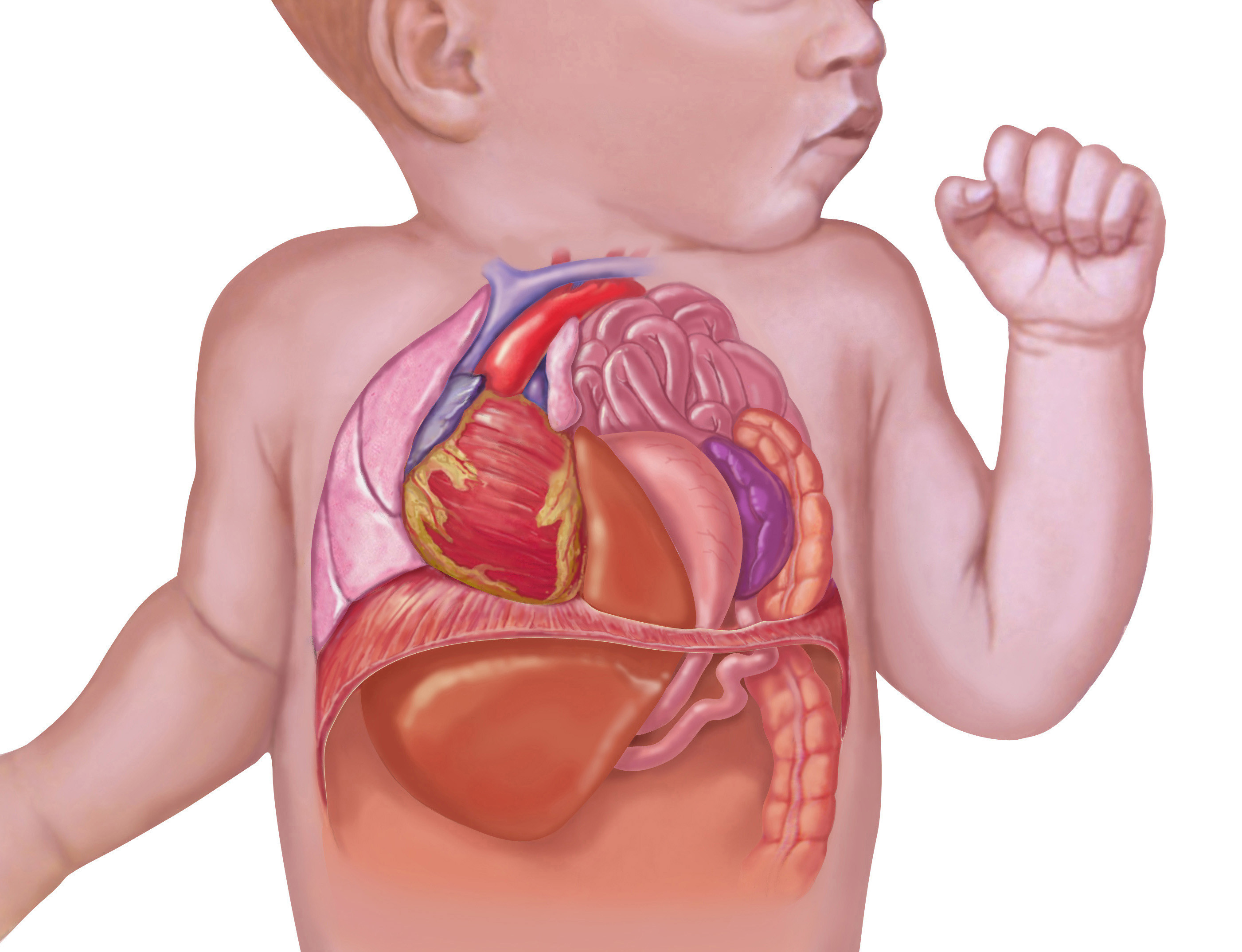Definition
Volvulus refers to the twisting of one or more segments of the digestive tract. Twisting may lead to intestinal obstruction or blockage. Intestinal obstruction blocks the circulation of blood to the intestines and is a critical condition that necessitates urgent surgical intervention. Without treatment, the segment of the intestine that experiences insufficient blood flow leads to necrosis.
The small intestine and stomach volvulus typically manifest in newborns and children. Volvulus commonly affects the large intestine in adults, particularly the sigmoid region and cecum. The sigmoid colon is the terminal portion of the large intestine, while the cecum is the transitional region between the large intestine and the small intestine. The most commonly encountered conditions in adults are sigmoid volvulus and caecal volvulus.
Surgical intervention is an effective treatment for volvulus. Volvulus-free infants may grow normally. Volvulus is prevalent in countries across Africa, Asia, the Middle East, Eastern Europe, and South America. In Africa and the Middle East, volvulus accounts for fifty percent of significant bowel obstructions, particularly sigmoid volvulus. With an incidence of 10-15% of all volvulus cases, cecal volvulus is most prevalent in women around 60.
Causes
Malrotation is a common cause of small bowel volvulus in newborns. Malrotation is when the intestine is incorrectly positioned in the stomach due to an error in its formation and growth. This incorrect positioning might lead to torsion and obstruction of the intestine. The incidence of malrotation among infants is 1 in 6000.
Common etiologies of volvulus in adulthood include:
- Enlarged and elongated colon
- Adhesions of abdominal organs following surgery, injury, or infection
- Colon anatomical disorders, such as Hirschsprung's disease. This condition is characterized by segments in the large intestine without nerve cells. This segment is very susceptible to torsion
- The colon is unattached to the abdominal wall
- Chronic constipation
- Pregnancy
Volvulus typically develops as a result of an underlying disease. Nevertheless, it might occur spontaneously.
Risk Factor
Common risk factors associated with volvulus include:
- Fly in a low-pressure cabin
- Colonic muscular weakness (atonia)
- Colon enlargement
- Hirschsprung's disease. This condition involves inflammation of the large intestine, resulting in constipation and blockage
- Infection
- Pelvic tumor
- Pregnancy (especially in the third trimester)
- pregnancy (particularly the third trimester)
- Previous abdominal surgery induced organ adhesions
- Severe cough
Other contributing factors to the risk of volvulus include:
- Male
- Elderly (above the age of 60)
- Long-term care or living in a nursing home
- Parkinson's and multiple sclerosis patients
- Muscular dystrophy
- Bedresting elderly
Symptoms
The symptoms of volvulus are acute and unexpected, leading patients to seek medical attention promptly in the emergency department. Common symptoms of volvulus include:
- Abdominal pain and tenderness
- Green vomit
- Nausea
- Abdominal distension
- Hematochezia
- Constipation
- Flatulence difficulty
- Shock is a condition characterized by inadequate blood circulation, resulting in a decrease in the delivery of oxygen
Infants with volvulus could experience further indications and manifestations, such as:
- Crying spontaneously
- Pulling leg while crying as a result of pain
- Lethargic
- Elevated heart and respiration rates
Children may occasionally develop intermittent volvulus, a disorder characterized by recurring symptoms that resolve spontaneously. The symptoms of volvulus may overlap with those of other digestive disorders, such as irritable bowel syndrome or inflammatory bowel disease.
Diagnosis
An immediate and accurate diagnosis will help determine the most effective course of treatment. The doctor will inquire about the patient's medical history and symptoms of volvulus before completing a physical examination. Patients may have a medical history of volvulus that resolved spontaneously.
To confirm the diagnosis, the doctor may also suggest the following tests:
- Hematological analysis
- Fecal analysis
- Barium imaging and radiography of the upper or lower gastrointestinal tract. Through this examination, the doctor could determine the specific position of the torsion
- A computed tomography (CT) scan is used to detect abnormalities in the stomach
- Sigmoidoscopy
Management
Volvulus necessitates prompt surgical intervention. During the surgical procedure, the surgeon will create a slight incision in the abdominal wall close to the site of the twisted intestine, therefore releasing the entanglement.
The doctor will then restore circulation to the twisted section. If the affected section of the intestine experiences prolonged ischemia resulting in tissue necrosis, the doctor may perform surgical resection to remove the necrotic part of the intestine.
Occasionally, several sections of the intestine may sustain injury and necessitate surgical removal. This poses a challenge for physicians in establishing a connection between the remaining intestine, which often exhibits a reduced length. In the event of this occurrence, the doctor must carry out a colostomy procedure, which involves connecting the two extremities of the intestine to an aperture (stoma) in the abdominal wall. When an individual utilizes a stoma, feces traverse the opening and collect in a colostomy bag positioned externally from the abdomen. A colonostomy may have either a permanent or temporary duration.
Inevitably, the volvulus repair operation may result in the relocation of the appendix within the stomach. The doctor has the option to remove the appendix surgically. The future diagnosis of appendicitis will be exceedingly difficult if the appendix is not properly placed. This will not occur if the appendix is removed.
Complications
Immediate treatment of volvulus is required to reduce the risk of complications. Volvulus complications can manifest as any of the following problems:
- Severe constipation
- Abdominal distension
- Irreversible intestinal necrosis
- Sepsis refers to severe infections that disseminate throughout the body through blood circulation
- A malabsorption disorder called short bowel syndrome results from a reduction in the small intestine after surgery
- Secondary peritonitis or abdominal wall infection
- Untreated volvulus can lead to death. The mortality rate associated with volvulus increases to 40% with a delayed diagnosis and late treatment
Possible postoperative complications following volvulus surgery include:
- The rate of recurrence following surgery using endoscopy alone is approximately 40–50%
- The incidence of surgical wound infections ranges from 8% to 12%
- There is a 3-7% occurrence of leakage at the surgically treated junction of the intestines
- A colocutaneous fistula is a rare condition characterized by an improper connection between the stomach and the skin, occurring in approximately 2–3% of cases
- An abscess, the buildup of pus in the abdominal or pelvic region, occurs in approximately 1–7% of cases
- Sepsis, a severe infection, occurs in 2% of cases
- Mortality rate (12-15%)
Prevention
There has been no conclusive method to prevent volvulus. Volvulus can be prevented from increasing in severity and life-threatening risk, as well as recurring. This can be accomplished by conducting an immediate self-examination for indications and symptoms of volvulus to facilitate a prompt diagnosis and treatment.
When to see a doctor?
Immediately visit the emergency room if you experience any of the symptoms or signs of volvulus, as mentioned above. Prolonged twisting will further obstruct blood flow to the intestines and may result in intestinal tissue mortality; therefore, treatment should not be delayed.
Looking for more tips and tricks for health, first aid, and other home treatments? Click here!
- dr Ayu Munawaroh, MKK
Fletcher, J. (2018). What causes a volvulus?. Retrieved 17, 2022, from https://www.medicalnewstoday.com/articles/321479#diagnosis
Cherney K. (2018). Cecal volvulus. Retrieved 17, 2022, from https://www.healthline.com/health/cecal-volvulus
Thornton, SC. (2020). Sigmoid and cecal volvulus. Retrieved 21, 2022, from https://emedicine.medscape.com/article/2048554-overview
Garbi L. (2020). An overview of volvulus. Retrieved 21, 2022, from https://www.verywellhealth.com/volvulus-symptoms-causes-diagnosis-and-treatment-4686173












